
Introduction
The Europe Transradial Access Market has become a cornerstone of modern interventional cardiology, offering a less invasive, safer alternative to traditional femoral access methods. Transradial access involves catheter insertion through the radial artery in the wrist rather than the femoral artery in the groin. This technique has gained widespread adoption in Europe due to its association with reduced bleeding complications, quicker recovery times, and enhanced patient comfort. Its role in cardiovascular procedures, especially angiography and percutaneous coronary intervention (PCI), continues to grow, contributing significantly to healthcare advancements across the continent.
Full Details Report: https://www.databridgemarketresearch.com/reports/europe-transradial-access-market
Trends
Several key trends are influencing the trajectory of the Europe Transradial Access Market. Firstly, there is a noticeable shift among clinicians toward transradial over transfemoral approaches, driven by increasing clinical evidence supporting superior patient outcomes. This transition is reinforced by growing professional training and awareness programs across major European countries. Secondly, technological advancements in guidewires, sheaths, and catheters have made radial access increasingly efficient and applicable even in complex cardiac procedures.
The rising burden of cardiovascular diseases (CVDs) across the region also fuels the demand for minimally invasive cardiac solutions. Lifestyle changes, aging populations, and higher incidences of obesity and hypertension have led to increased CVD prevalence, propelling demand for diagnostic and therapeutic interventions where transradial access is frequently utilized. Moreover, digital transformation in healthcare and the integration of AI and robotic systems into interventional cardiology is gradually being explored, offering new dimensions for procedural accuracy and outcome improvement.
Size
The Europe Transradial Access Market was valued at over USD 580 million in 2024 and is projected to surpass USD 780 million by 2029, reflecting a strong compound annual growth rate (CAGR) of approximately 6%. This market includes devices such as catheters, guidewires, introducer sheaths, and accessories used in radial artery procedures. Countries such as Germany, France, the UK, Italy, and Spain form the backbone of this market, with Germany leading due to its advanced healthcare infrastructure and higher procedural volumes.
Hospitals and cardiac centers are the primary end users of transradial access devices, with outpatient settings increasingly adopting these procedures due to their reduced hospital stays and cost-effectiveness. The growing preference for day-care interventions is expected to further boost demand.
Latest Trending Reports:
Global Photoelectric Sensor Market
Global Energy Drinks Packaging Market
Global Soil Treatment Market
Global Rotogravure Printing Doctor Blade Market
Global Leak Detection and Repair Market
Global Acute Cholecystitis Market
North America Vegetables and Fruits Market
Share
The market share is largely dominated by catheter-based product segments, particularly diagnostic and guiding catheters that play a crucial role in facilitating transradial interventions. Among end users, hospitals hold the lion’s share of the market, accounting for over 60% due to the high volume of cardiovascular procedures conducted in institutional settings. However, ambulatory surgical centers and specialty clinics are catching up rapidly, particularly in urban centers of Western Europe.
Germany holds the largest share in the regional market, followed by France and the United Kingdom. These countries benefit from strong reimbursement frameworks, widespread adoption of minimally invasive techniques, and the presence of leading device manufacturers. Nordic countries and Eastern Europe are showing emerging potential due to increasing healthcare investments and enhanced training among medical professionals.
Growth
The Europe Transradial Access Market is experiencing steady growth driven by a combination of demographic, clinical, and technological factors. The aging European population is a significant contributor, with cardiovascular disease risk increasing exponentially with age. Moreover, growing government initiatives aimed at promoting minimally invasive procedures have positively influenced the adoption rate of radial access techniques.
Collaborations between industry leaders and research institutions to develop more ergonomic, efficient, and safer transradial devices are driving innovation. For instance, the introduction of slender sheaths and hydrophilic-coated products has reduced radial artery trauma, making these procedures viable even in patients with smaller vessel sizes. Increased investments in clinical training programs are also improving procedural success rates and reducing complications, further building physician confidence in transradial access.
Economic considerations are another growth driver. Transradial procedures typically result in shorter hospital stays and fewer post-operative complications, leading to lower overall treatment costs. This cost advantage is especially attractive for publicly funded healthcare systems like those in Europe, where resource optimization is a priority.
Demand
Demand for transradial access devices in Europe is poised to increase significantly over the coming years. This is supported by the continued expansion of cardiac catheterization labs, particularly in secondary cities and rural areas where healthcare access is improving. Rising patient awareness of minimally invasive options and better recovery outcomes is also influencing physician decision-making and patient preferences.
Furthermore, the shift in clinical guidelines recommending radial access as the preferred route for coronary angiography and interventions is bolstering demand. Leading cardiovascular societies, including the European Society of Cardiology (ESC), have advocated for transradial access due to its safety and efficacy profile, prompting widespread adoption across teaching hospitals and specialized heart centers.
Medical device manufacturers are responding to this growing demand with targeted product launches tailored to the European market. Companies are focusing on offering complete transradial systems, including access kits, compression devices, and ergonomic handle designs, to improve procedural efficiency and patient experience.
Conclusion
The Europe Transradial Access Market is on an upward trajectory, fueled by increasing cardiovascular disease prevalence, supportive clinical guidelines, and the clear advantages of radial over femoral access. As technology evolves and training expands, more healthcare facilities across Europe are expected to adopt this technique, shaping the future of cardiac care in the region. With strong growth prospects, favorable reimbursement scenarios, and a growing preference for patient-centric care, the transradial access segment is set to become an integral part of Europe’s interventional cardiology landscape.
About Data Bridge Market Research:
An absolute way to forecast what the future holds is to comprehend the trend today!
Data Bridge Market Research set forth itself as an unconventional and neoteric market research and consulting firm with an unparalleled level of resilience and integrated approaches. We are determined to unearth the best market opportunities and foster efficient information for your business to thrive in the market. Data Bridge endeavors to provide appropriate solutions to the complex business challenges and initiates an effortless decision-making process. Data Bridge is an aftermath of sheer wisdom and experience which was formulated and framed in the year 2015 in Pune.
Contact Us:
Data Bridge Market Research
US: +1 614 591 3140
UK: +44 845 154 9652
APAC : +653 1251 975
Email:- corporatesales@databridgemarketresearch.com

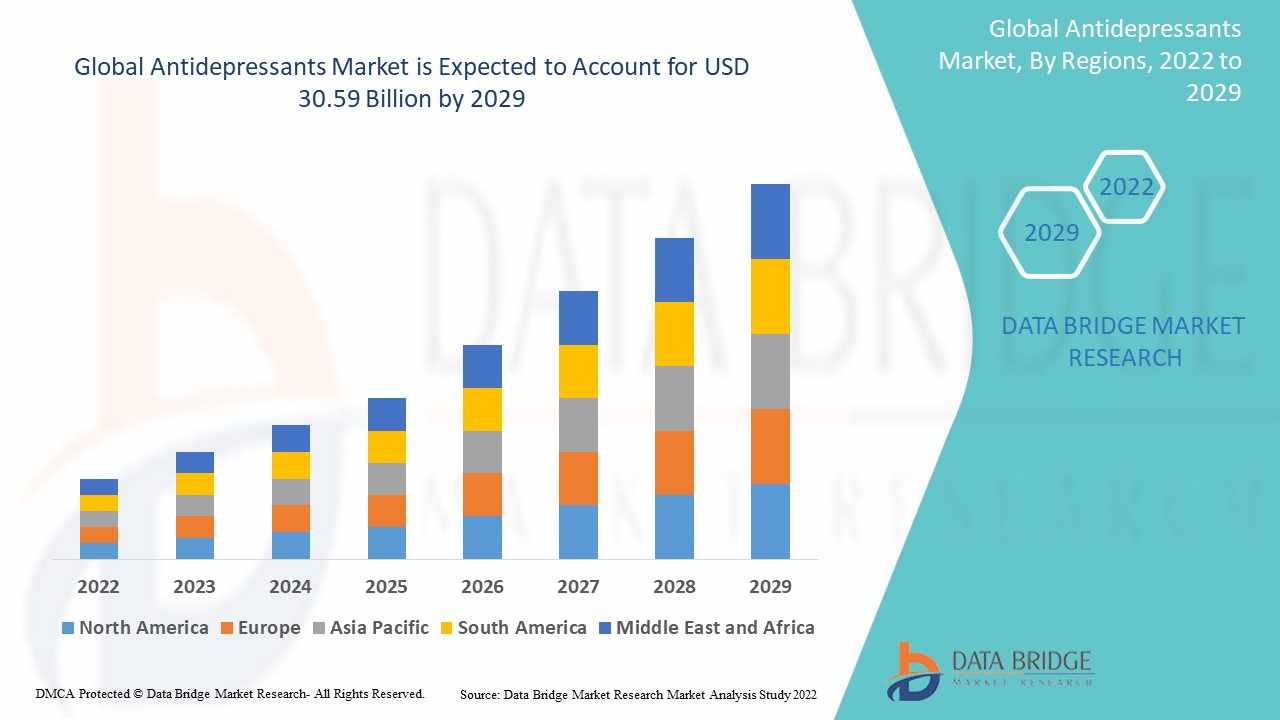
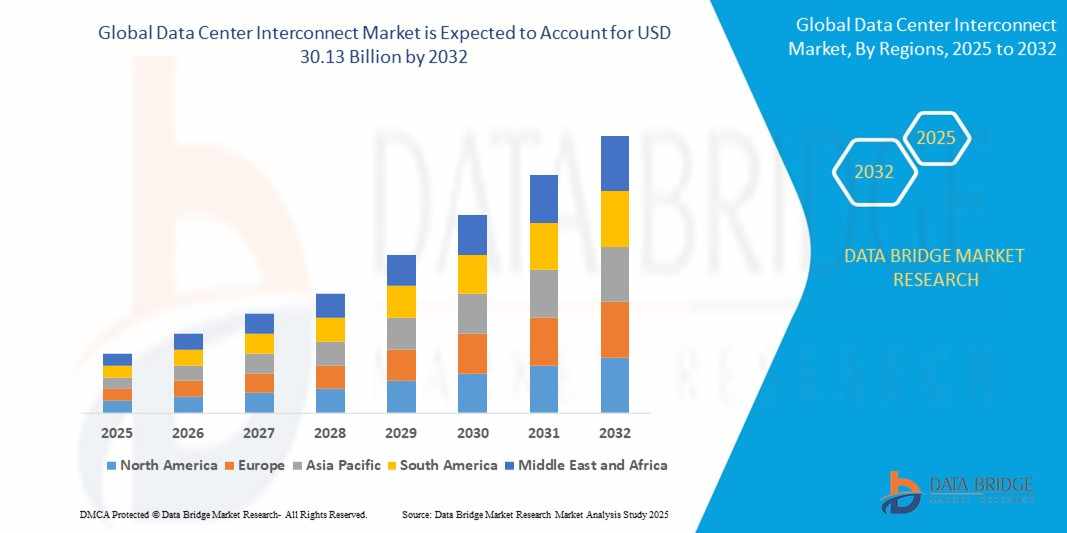
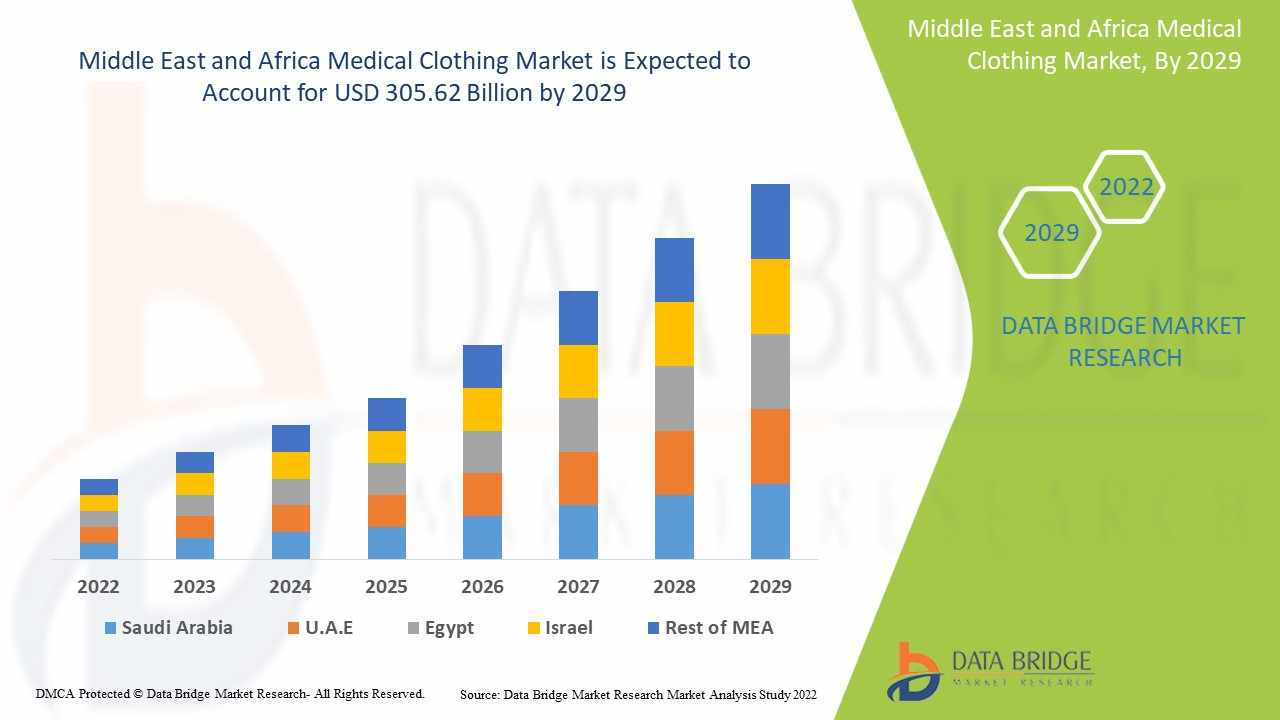
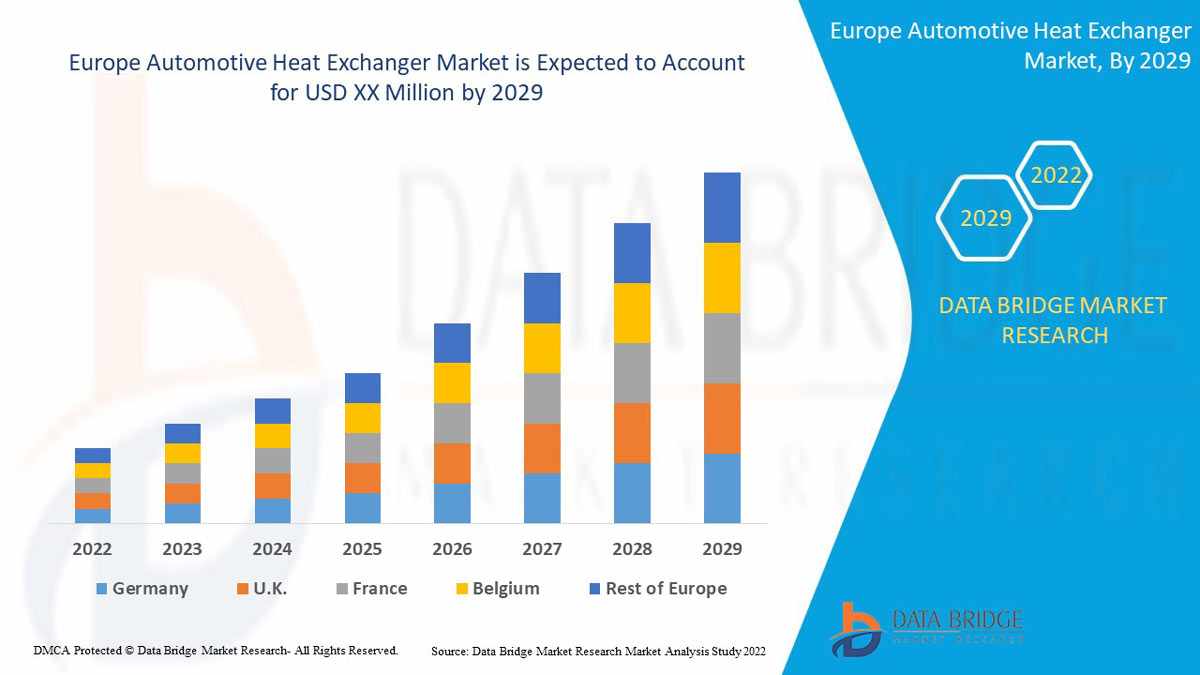
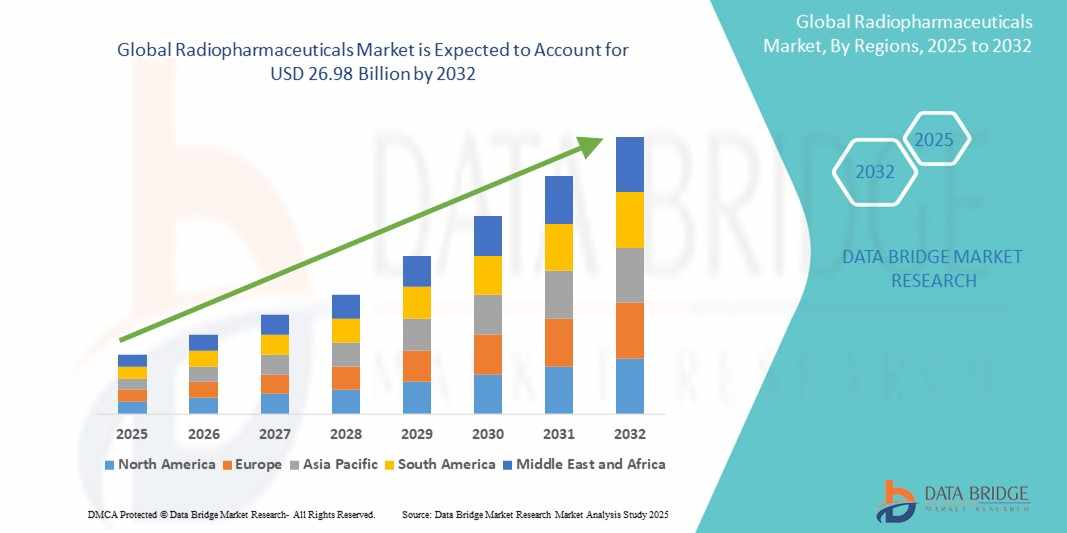
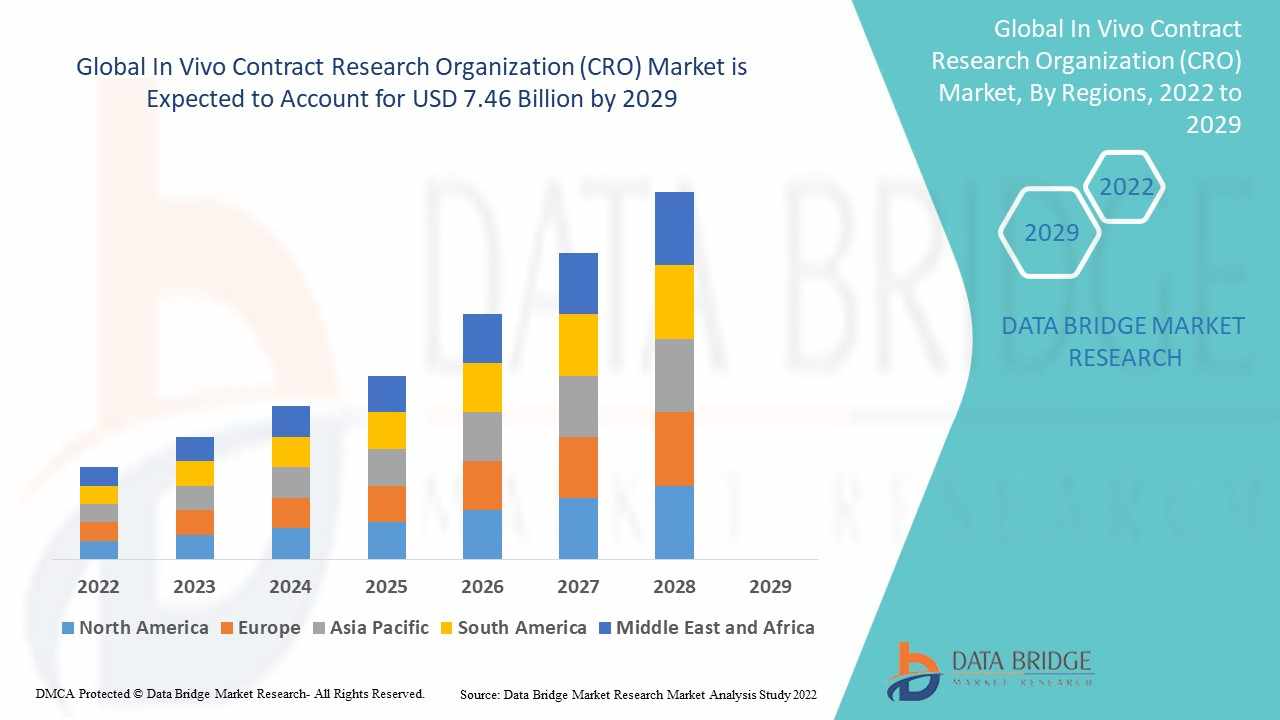



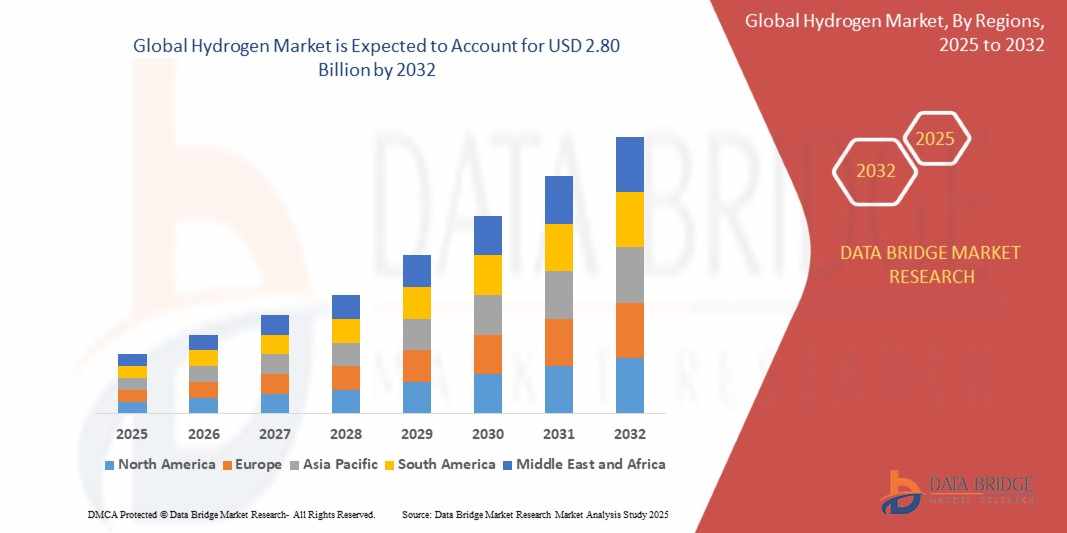
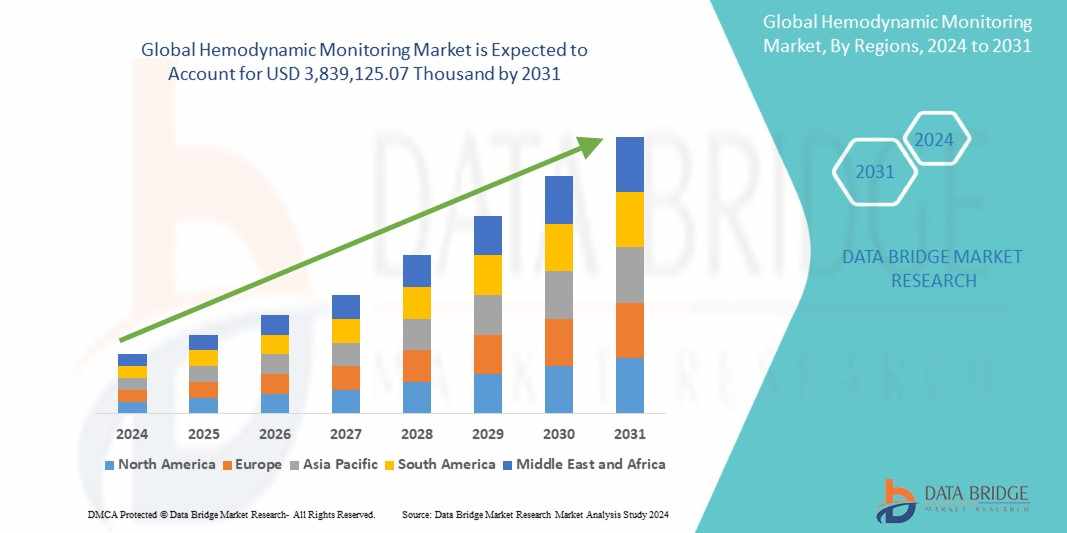








Write a comment ...